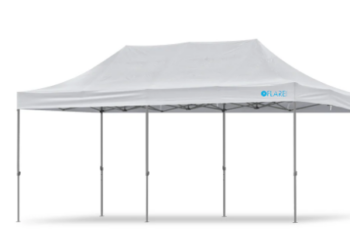Proper inventory management is essential for all restaurants. By staying on top of your restaurant’s inventory, you can avoid many of the pitfalls known to trap businesses in that industry. You can serve customers confidently because you are only putting fresh ingredients in their food.
While restaurateurs recognize the importance of inventory management, many still struggle with that aspect of running their businesses. It doesn’t take much for those inventory issues to swallow your business whole. Taking the necessary steps to avoid inventory should be your priority.
The steps highlighted below should help you take control of your restaurant’s inventory.
Assign People to Manage Your Restaurant’s Inventory
The first step you must take to improve your restaurant’s inventory management practices is to adopt the right mindset. Not all restaurateurs see inventory management as an essential or difficult job. Instead, they see it as something employees should be able to handle while taking on other tasks.
Treating inventory management that way leaves your restaurant susceptible to potential vulnerabilities. During busy hours, the employees supposed to manage your inventory may be distracted by the other tasks assigned to them. Plenty of issues may have emerged by the time they return to their tasks. Those issues could also emerge during service and actively affect the experiences your guests have.
Given how easy it is to prevent those issues, there is no reason for them to plague your business. Entrust inventory management to specific employees so they are always prioritized.
Adopt the FIFO Approach to Inventory Management
According to Grubhub, maintaining five to seven days’ worth of food inventory in your restaurant is ideal from a supply and management standpoint. With that amount of food inventory available, you should be able to cover expected demand and handle emergencies. Maintaining that type of inventory allows you to serve guests even if you experience some food safety issues.
Five to seven days’ worth of food inventory may not seem like much, but it’s still easy to lose track of the items you have in storage. If that happens, you may end up serving food to your customers that isn’t ready for consumption just yet. It’s not hard to imagine how detrimental that can be to your business.
Prevent inventory issues from affecting the quality of your food by adopting the FIFO (first in, first out) approach. The FIFO approach to inventory management designates the items you purchased first so they can be used first. According to Forbes, the FIFO strategy for inventory management is advantageous because it increases your profit margins and allows for accurate cost determinations. You should also have an easy time integrating the FIFO approach into your restaurant operations.
Integrate Hospitality Management Software Into Your Restaurant Operations
Lastly, you can improve your restaurant’s inventory management practices by integrating hospitality management software into your operations.
If you haven’t used hospitality management software before, you can think of it as a platform that simplifies various tasks for establishments in the accommodation industry. It can handle essential tasks such as recording daily sales, calculating recipe costs, and tracking employee salaries.
The inventory-related benefits of hospitality management software are also quite useful. You can use that platform to complete your purchases and automatically record them. Now that you have active tallies of your purchases, you can accurately gauge the current state of your inventory. If you are running out of specific ingredients, your management platform will alert you to those developments.
Hospitality management platforms are also more accessible than ever. You can use platforms like Craftable to streamline your restaurant operations.
Turn inventory management into a strength for your business. Follow the steps detailed in this article to optimize your restaurant’s operations!







